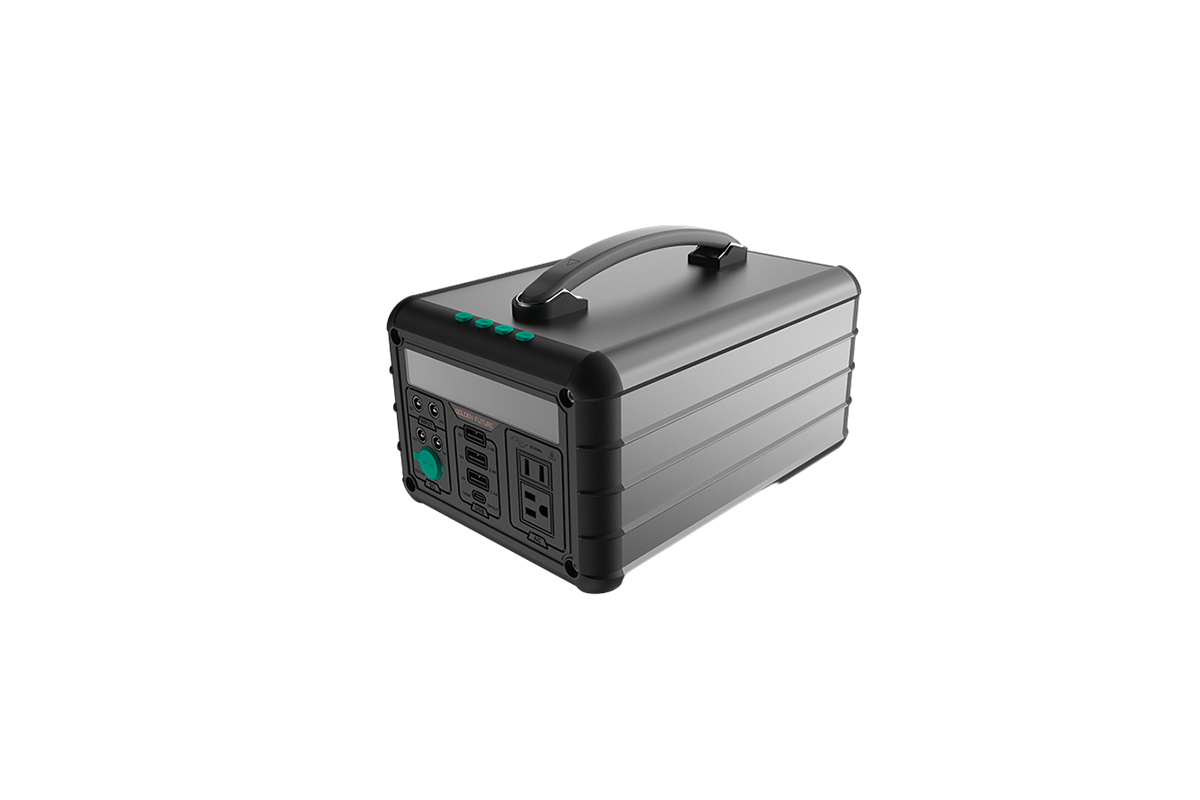

Time:2025-08-06 Views:1

Lead-acid batteries have long been a staple in energy storage stations, valued for their reliability, cost-effectiveness, and mature technology. Specifically designed for stationary energy storage applications, these batteries excel in providing consistent power backup, load balancing, and integration with renewable energy sources such as solar and wind. Their ability to deliver high surge currents makes them ideal for handling sudden power demands in grid-scale storage systems, ensuring stable electricity supply during peak usage or outages.
One of the key advantages of lead-acid batteries in energy storage stations is their robust cycle life under deep discharge conditions, especially in valve-regulated lead-acid (VRLA) variants. These maintenance-free batteries are sealed, preventing electrolyte leakage and reducing the need for regular upkeep, which is crucial for large-scale installations where accessibility can be challenging. Additionally, their wide operating temperature range (-20°C to 60°C) allows them to function reliably in diverse climatic conditions, from cold industrial warehouses to hot desert solar farms.
Cost efficiency is another significant factor driving the use of lead-acid batteries in (energy storage stations). Compared to newer technologies like lithium-ion, lead-acid batteries have lower upfront costs, making them a preferred choice for projects with budget constraints. Their recyclability is also a notable environmental benefit—over 95% of lead-acid battery components can be recycled, reducing waste and minimizing the environmental impact of energy storage systems.
In terms of performance, lead-acid batteries offer excellent charge acceptance, enabling quick recharging from renewable sources or grid power. This feature is vital for energy storage stations that need to store excess energy during off-peak hours and discharge it during high-demand periods. Moreover, their proven track record in telecommunications, uninterruptible power supply (UPS) systems, and utility grids underscores their durability and suitability for long-term, heavy-duty applications. For energy storage stations prioritizing reliability, cost, and sustainability, lead-acid batteries remain a practical and trusted solution.
Read recommendations:
Precautions for measuring internal resistance of lithium batteries
Applications of Thin - Film Solid - State Energy Storage Batteries